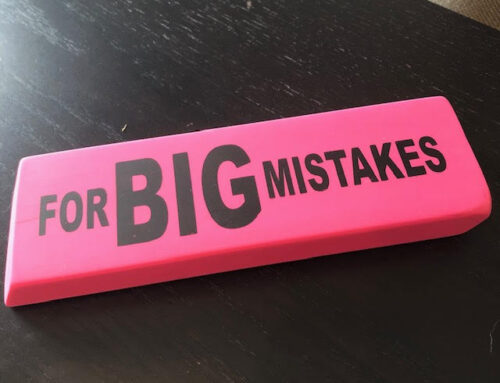Burnout was already a problem before the pandemic, and it continues to have critical implications for the workplace. Earlier this year, a survey from Cengage showed 90 percent of people who recently left their job, or were planning to do so, reported being “burned out and unsupported.”
Now, 87 percent of US employers say enhancing their mental health benefits over the next two years is a top priority. This is a step in the right direction.
How can we help within our own organizations? Here are 4 strategies leaders can use to mitigate the effects of burnout, empower our teams to work sustainably – and thrive.
1 – Emphasize the importance of taking breaks and vacation
After a break or a vacation, we are more creative, focused, motivated, and productive. You can model the importance of recovery time by stepping away from your desk at lunch, taking mid-day breaks, and all of your vacation to show you recognize the value in taking a break yourself.
And while you’re away, take a vacation from your email too. Don’t respond to email – and don’t ask your team to either. Just because you can check email while you’re away doesn’t mean you should. A break is so much more valuable.
Of course, there may be extenuating circumstances when we feel we simply must check, but even in these cases, you can establish boundaries such as only checking in during short windows that don’t interfere with vacation activities (e.g., before 8a.m. or between 5-6p.m.). Outside of this, you can ask your colleagues to text you if something is urgent. You may be amazed by how much things simply get managed without interrupting you.
Try this email tip: Avoid sending emails after hours.
Although we all have different “after hours”, generally, sending emails in the evening makes your team feel like they can never disconnect. Even using a disclaimer that you are not expecting a reply still causes people to shift back into work mode if they see your email. Instead, make use of delayed sending options, so it lands in their inbox during business hours.
2 – Simplify priorities
I confess. I am one of those leaders who keeps coming up with new ideas. I can’t tell you how many times I’ve enthusiastically said to my team, “Wouldn’t it be great if we did this? The truth is, the more we change priorities for our team, the more chaos we create. When everything is a priority, nothing is a priority. If you are not clear on your priorities, you are creating chaos for your team. Setting – and sticking to – clear priorities is one of our most important leadership tasks. Be very clear. What are your core priorities? What is the best use of your time right now? Focus on three core priorities for your team. This doesn’t mean three tasks, but rather three project-level initiatives. While four priorities may be tempting, four is too much.
3 – Foster autonomy and help people find meaning in their work.
A contributing factor to employee satisfaction (and retention) is meaningful work. We all want to feel valued, and we want to know our work has value. This core human need has intensified since the start of the pandemic, when so many of us have been reflecting on how we spend our precious time.
The key to keeping people is to keep people engaged. Understanding how the work connects to the company’s larger mission will help inspire people. Every time you delegate work, take on a project, or dive into something, you want to honour and underscore how this task aligns with your team’s values and overall vision by highlighting team values – and getting to know your team’s personal values. Connecting the work to those values will help people find meaning and purpose in their work.
4 – Prioritize wellbeing
If we do not prioritize our wellbeing and mental health, we become vulnerable to stress and burnout, and our physical health suffers. Talk about how you as a leader prioritize your wellbeing (e.g., I’m going for a power walk at lunch; I’m taking this call outside in my backyard). Building and keeping a Proactive Routine will help you structure your day around both your work and personal goals, so you can protect time for what you value most.
High-performance teams recognize the importance of rest, recovery, and healthy habits. The only way we can do our best work is if we feel our best.
Related:
How to safeguard your productivity and connections as a hybrid worker
Gallup research shows when employees are engaged and content, burnout decreases, and productivity improves. In The Wellbeing-Engagement Paradox of 2020, Gallup reported, “Leaders who work to proactively prevent and manage burnout…will be building stronger, healthier, more productive workforces into the future.”
I hope these strategies are useful in your workplace, and I would like to hear how your organization is managing burnout. Please share with us here.








Leave A Comment